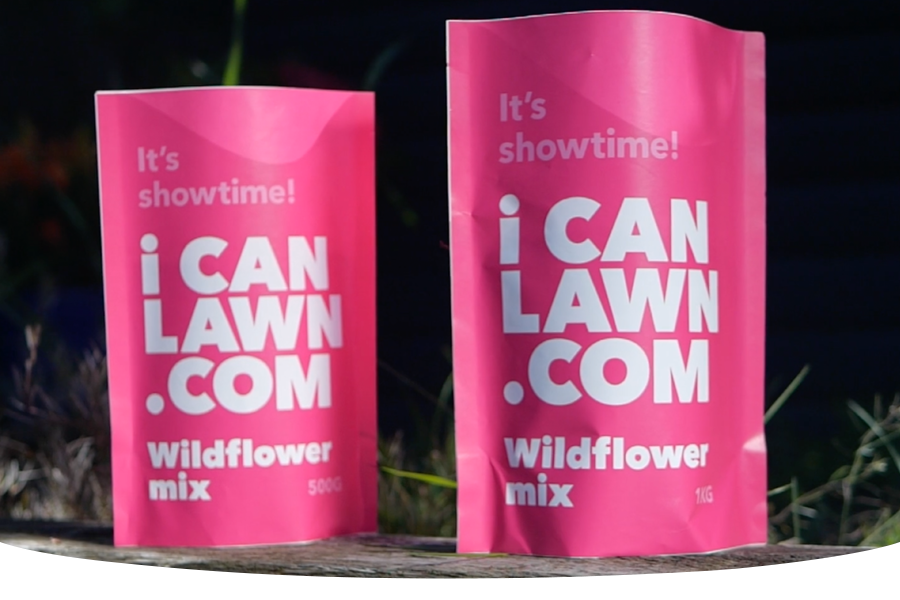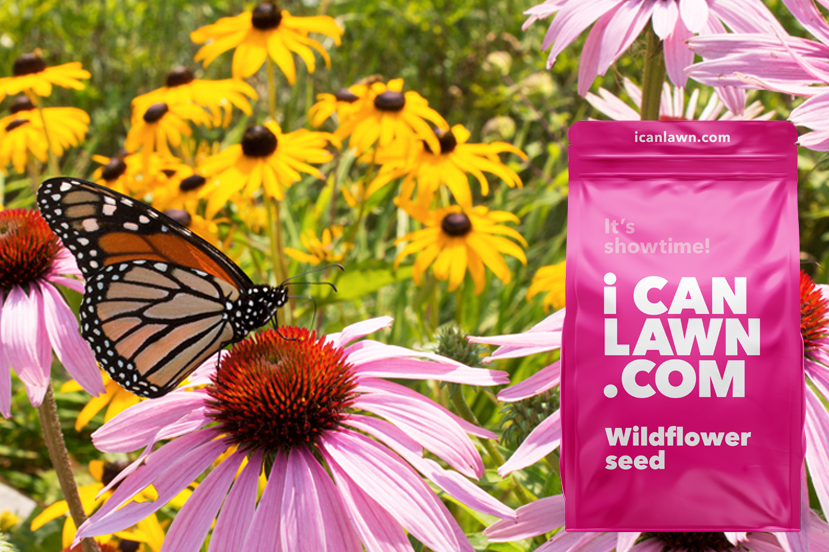10 of the most popular butterflies in the UK
The Big Butterfly Count conducted by our friends at the Butterfly Conservation Trust takes place every year and encourages the UK population to record their butterfly sightings.

In 2020, 1.4 million butterflies were recorded; here are the top 10! Keep reading for some information on the most popular butterflies in the UK! And, if you'd like to attract more UK butterflies like these to your garden, you can also sow our Hi Butterfly wildflower mix that is bursting with their favourite blooms!
Large White
While some common names for wildlife species may be confusing, this one couldn’t be more descriptive! The Large White butterfly is exactly just that! However, it isn’t entirely white, as its wings are dipped in inky black. Female and male butterflies will differ, with the female easily distinguished by two spots on each wing. White butterflies are said to be the presence of a passed loved one, so they are a welcome sight for many in the UK.
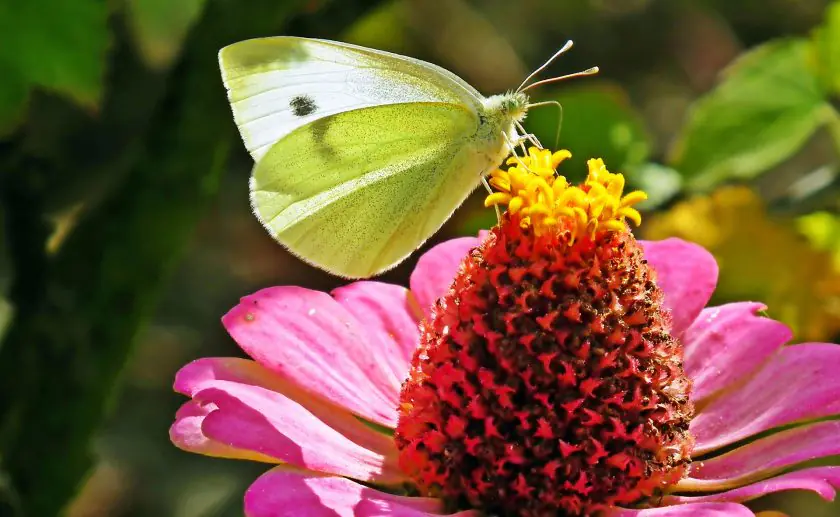
Small White
The Small White butterfly is very similar to the Large White but, as its name suggests, just a bit smaller! Just like the Large White, it is quite common in the UK and is therefore not under threat. It also shares the same favourite food as the Large White when it is a caterpillar, enjoying hedge mustard, garlic mustard and wild mignonette. It is sometimes called the ‘Cabbage white’ due to its fondness of laying eggs on cabbages.
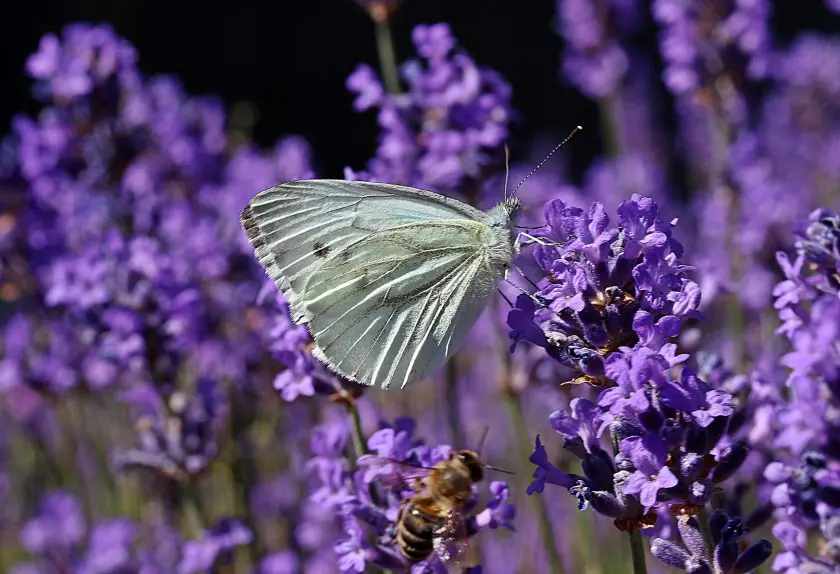
Gatekeeper
This auburn butterfly can often be found in the flowers near gates and along hedgerows and doesn’t stray too far from these areas hence the name! Its favourite snacks are wild marjoram, ragworts and bramble. It can be easily distinguished by its orange wings with black spots containing two smaller white spots that resemble eyes to keep predators away!
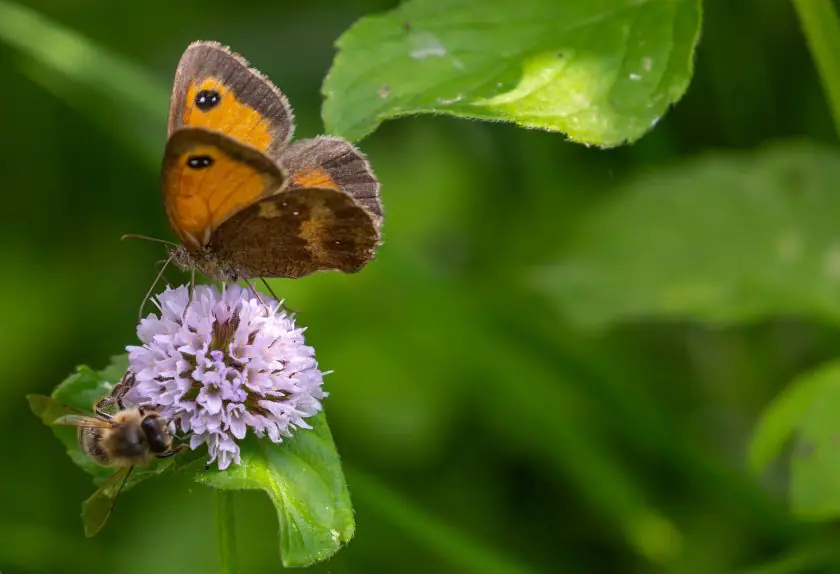
Peacock
Just like a peacock, the butterfly of the same name is very striking. Its wings feature eye-like markings, which make it very distinctive. You can often find Peacock butterflies in amongst or floating around buddleias, but they are also known for enjoying the countryside too! You can see Peacock butterflies as early as March and through to September.
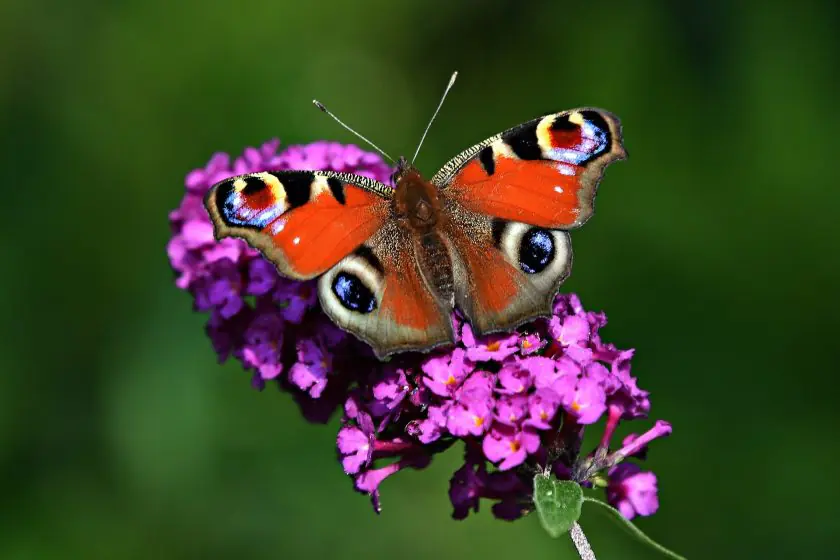
Meadow Brown
You may think you’ve seen this butterfly earlier in the list, but while Meadow Brown may have some similarities to the Gatekeeper butterfly, they aren’t the same! Meadow Brown is much lighter in colour and typically larger. It is also one of the most common butterflies you’ll find in many different habitats.
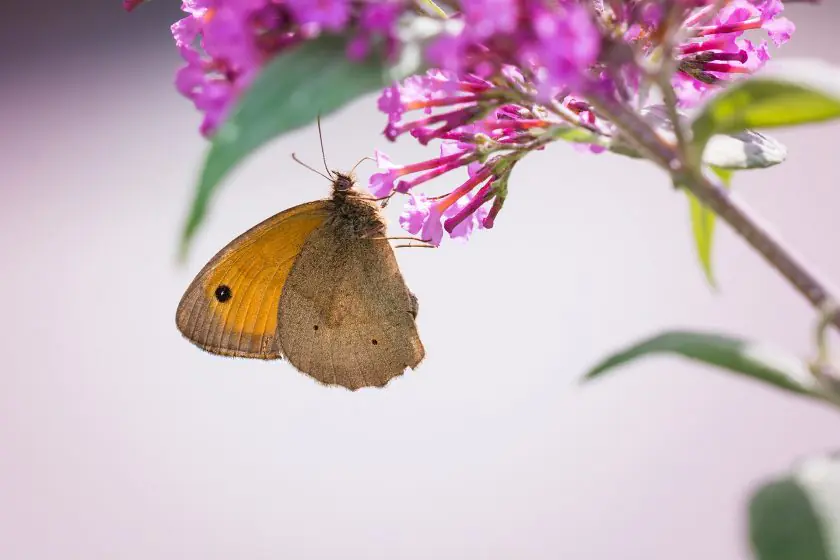
Red Admiral
The Red Admiral isn’t easily missed with its nearly neon red markings and is fairly common throughout UK gardens emerging in July. Their favourite feast is buddleia, flowering ivy or rotting fruit. So if you'd like to see these lovelies, save your kitchen leftovers!
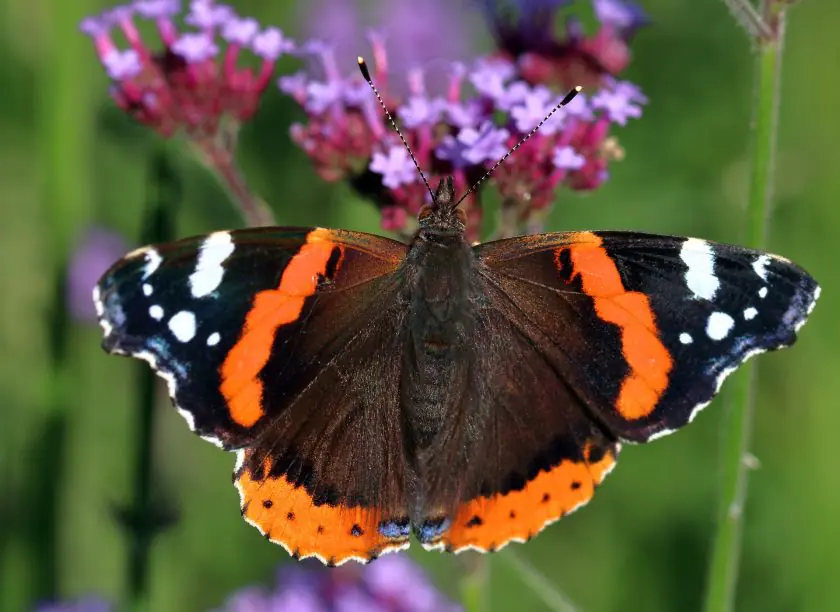
Small Tortoiseshell
Small tortoiseshell is one of the first butterflies to be seen in spring, and its patterns are easily recognisable by many. Its bright orange and black wings are lined with periwinkle blue, making it very easy to spot despite its small size. The Small Tortoiseshell's favourite food to feast on as a caterpillar is nettles!
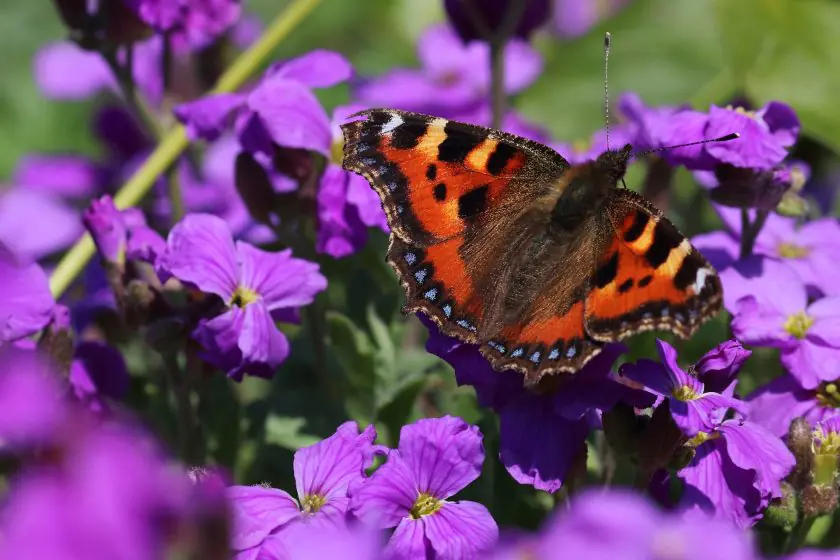
Common Blue
The common blue is the most popular blue butterfly in the UK and Ireland, but its blue hue and markings vary from region to region. Females tend to have more brown in their wings, whilst the intensity of blue in the males' wings can differ. Although it is still seen as a widespread species, it has shown a decline in numbers in areas where it is typically seen.
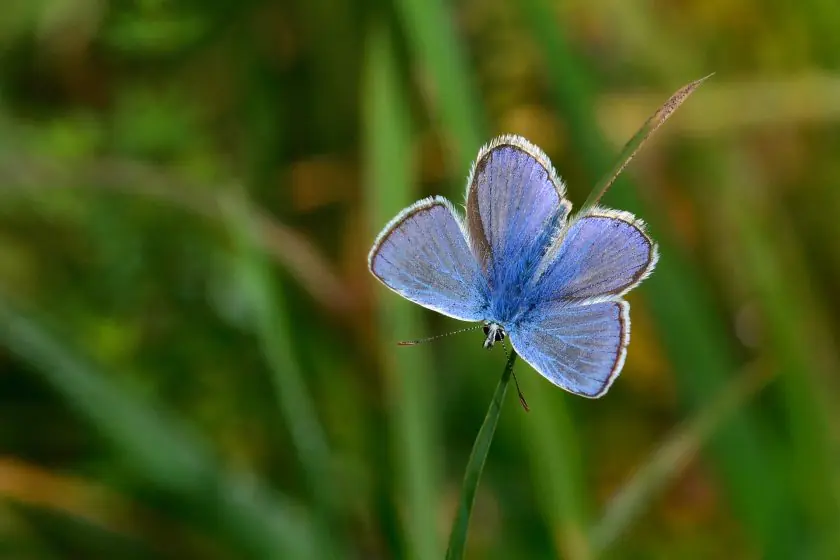
Ringlet
Fresh out of its cocoon, the Ringlet butterfly will appear black and velvety. But it quickly becomes its familiar brown colour with distinctive eye markings that have given it its name. Sometimes thought to be similar to Meadow Brown, the Ringlet instead has a darker chocolate brown colour to its wings.

Comma
The scalloped-rimmed wings of the Comma butterfly make it easily identifiable. But perhaps not so much when it’s hibernating amongst the leaves! Its autumnal colours allow it to stay incognito while laying eggs. You may be wondering where it gets its ‘comma’ name from due to comma-shaped white spots underneath its wings.
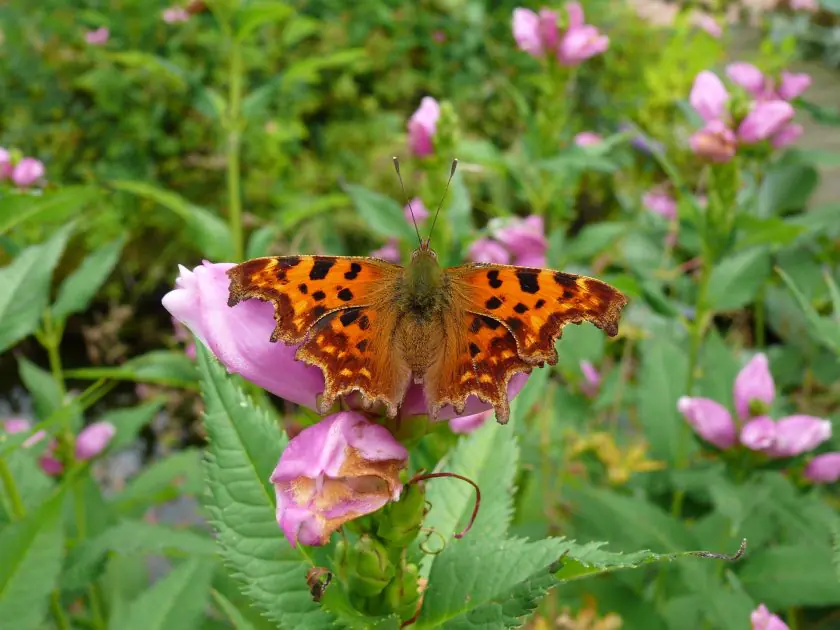
For further reading, we have advice on how to bring more wildlife to your garden:




